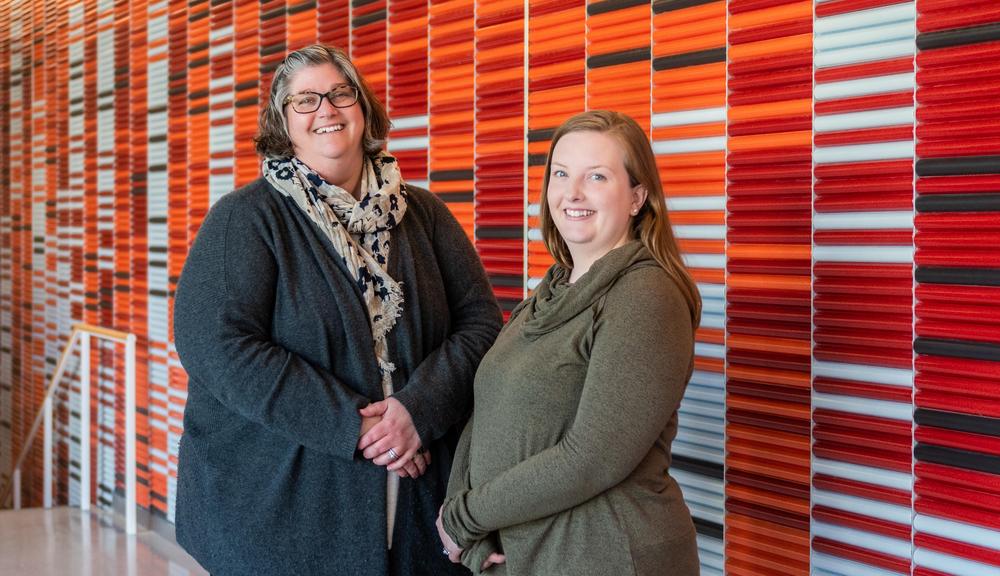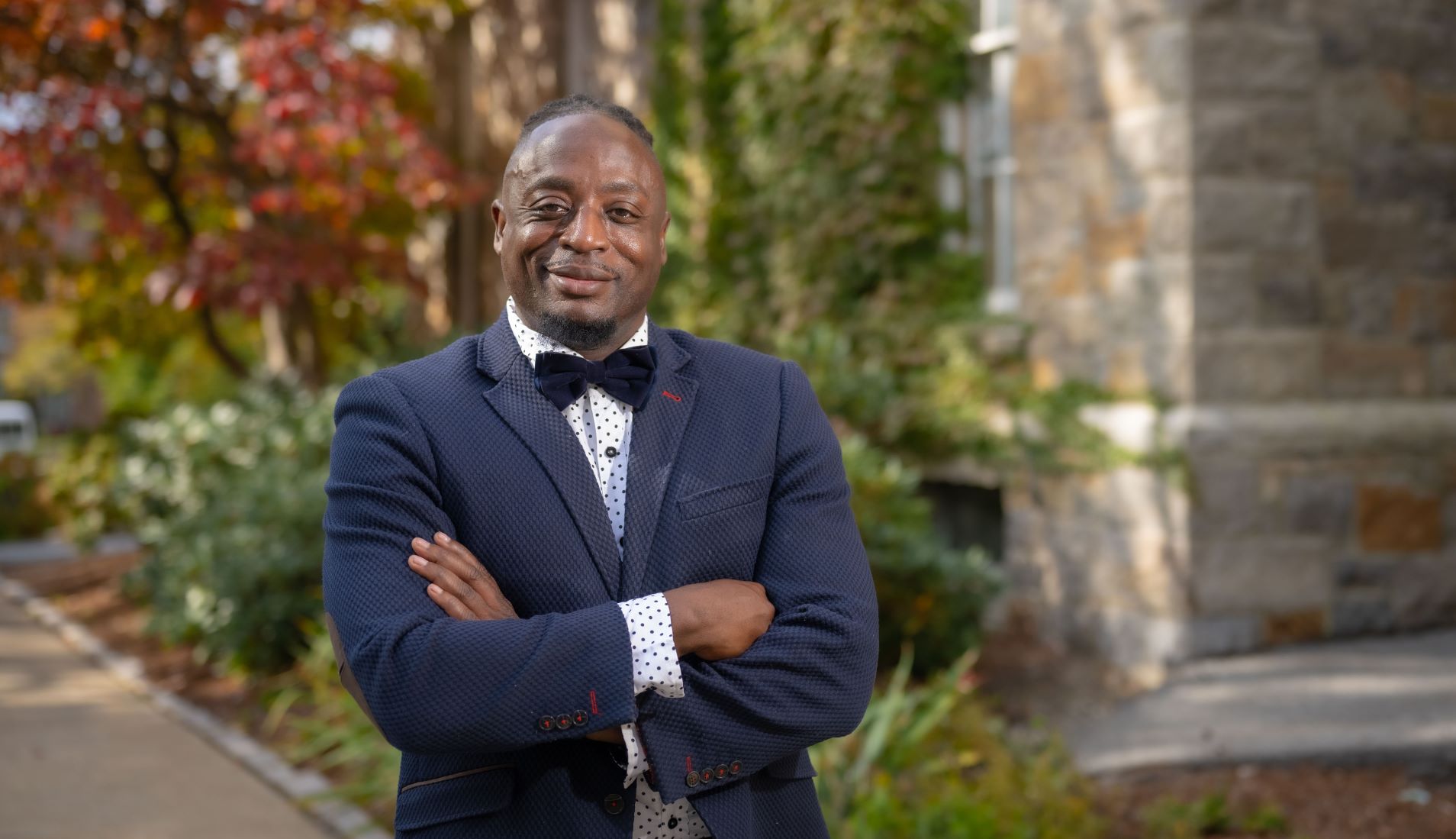A newly published academic paper by Worcester Polytechnic Institute researchers says that high-tech firms need to take advantage of the talents of a growing neurodiverse workforce—including workers on the autism spectrum, and those with Attention Deficit Hyperactivity Disorder (ADHD), dyspraxia, dyslexia, and other conditions—in order to support neurodiversity and foster a more inclusive work culture.
The article, " Building a Neurodiverse High-tech Workforce," published in MIS Quarterly Executive, says that high-tech companies may increase their success by recognizing and acknowledging neurodiversity—variations in neurological structure and function—as an aspect of diversity in the workforce, and encourages businesses to make their cultures more inclusive to neurodiverse employees.
“I see so many talented young people being defined and limited by what others say they can’t do, when in fact they have so much to offer—wonderful abilities that make them a valuable asset to businesses and society as a whole,” said Eleanor Loiacono, professor in the Foisie Business School and director of the IDEA Hub at WPI.
Overall, Loiacono and Huimin Ren, a PhD student in the Data Science Program, focus on five arguments to encourage high-tech companies to invest in a neurodiverse workforce:
- Neurodiverse employees often have specialized skillsets not always found in neurotypical or “normal” employees, such as excellent concentration, logic, and visual thought.
- A workforce with diverse perspectives can help companies create products for a varied consumer base.
- A growing demographic of neurodiverse people allows companies to be attuned to workforce trends.
- Neurodiverse workers think and problem solve in different ways, which can lead to greater innovation.
- Companies that proactively employ neurodiverse people may avoid the need for external agencies to impose quotas.
Loiacono and Ren reviewed the web content and 30-day span of Twitter feeds of all the high-tech firms on the Fortune 500 list, noting the presence or absence of language related to neurodiversity and support of neurodiverse employees. Loiacono chose to focus on tech companies on the Fortune 500 list because they are more likely to attract and hire neurodiverse employees, in part, she says, because neurodiverse people possess skills and creative problem solving that are critical in high-tech jobs.
Their findings show that while all of the companies mentioned supporting diversity on the basis of religion, gender, sexual orientation, etc., none of them explicitly mentioned neurodiversity. Similarly, only 12 of the 39 Fortune 500 companies tweeted about or were associated with neurodiversity, with Microsoft having the most tweets, followed by Facebook and Amazon. The article also reported that of the 329 tweets the team searched, 57 (17 percent) related to advocacy of neurodiversity in the workforce, 186 (57 percent) mentioned recruitment of neurodiverse workers, and 62 (19 percent) mentioned information on conferences, talks, and advantages of developing a neurodiverse workforce.
“The workforce of the future is changing, and so is business as we know it,” Loiacono said. “Companies, for their own survival, need to understand and appreciate the creativity and innovativeness a neurodiverse workforce can bring to competitive industries, such as IT.”
Loiacono and Ren cite data from Morbidity and Mortality Weekly Report and Focus for Health, which shows that the number of neurodiverse people is climbing globally. In the United States, the percentage of 8-year-olds with autism grew by 150 percent between 2000 and 2018; worldwide, one in 160 children has Autism Spectrum Disorder (ASD).
People with neurodiversity, such those with ASP, ADHD, dyspraxia, and dyslexia, possess valuable skills and creative thought processes that are pivotal to a company’s success. However, neurodiverse people are often overlooked or regarded as less valuable or “odd” by their peers. Neurodiversity remains generally unrecognized by employers.
Loiacono says that she hopes her research will help companies that are struggling with making their staff more neurodiverse.
“Including those who are neurodiverse in the high-tech workforce can contribute not only to a company’s bottom line and society’s call for greater diversity and inclusion, it can help promote greater mental health within a society that is facing one of the greatest mental health crises it has ever seen,” Loiacono said.


